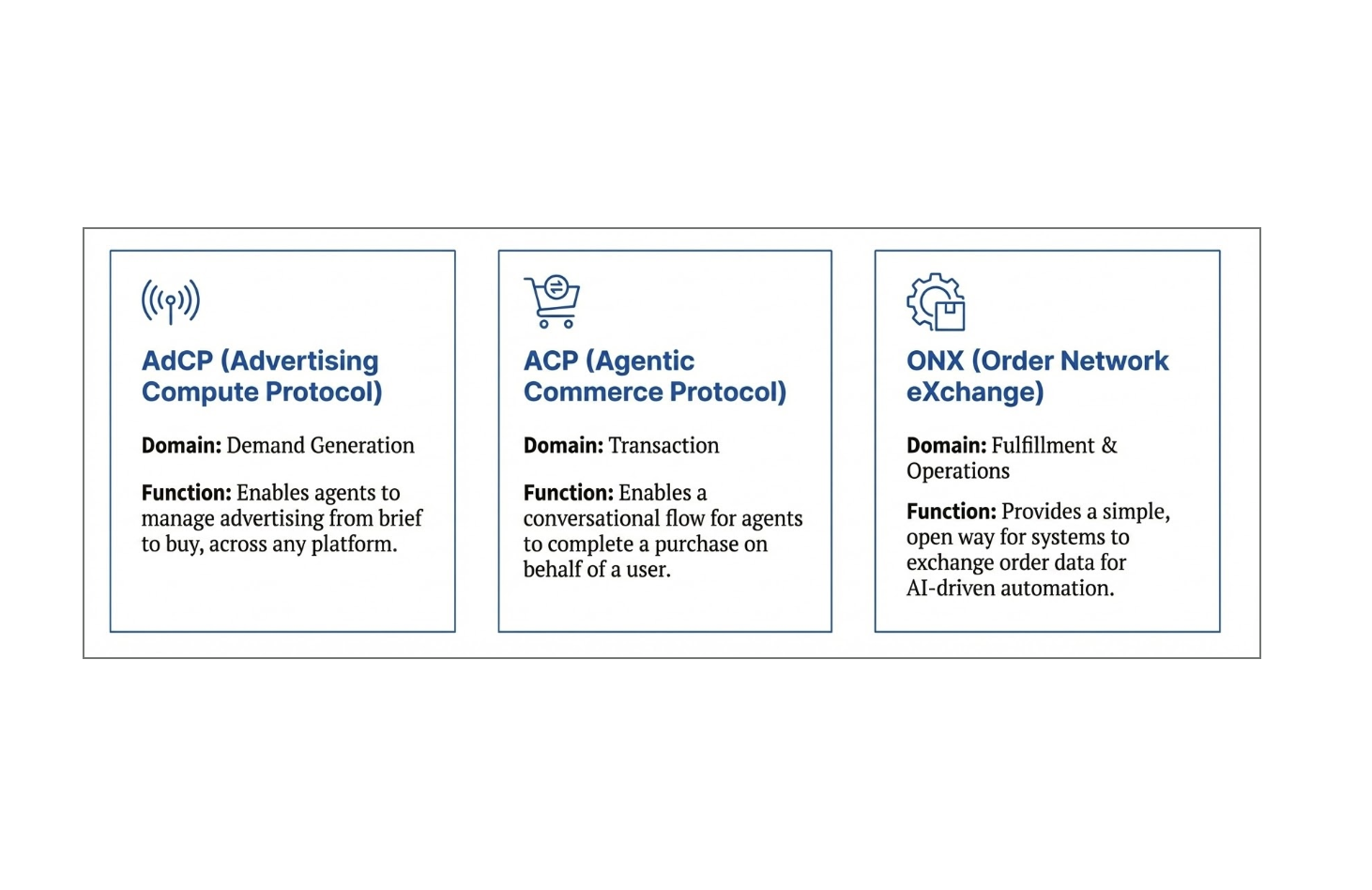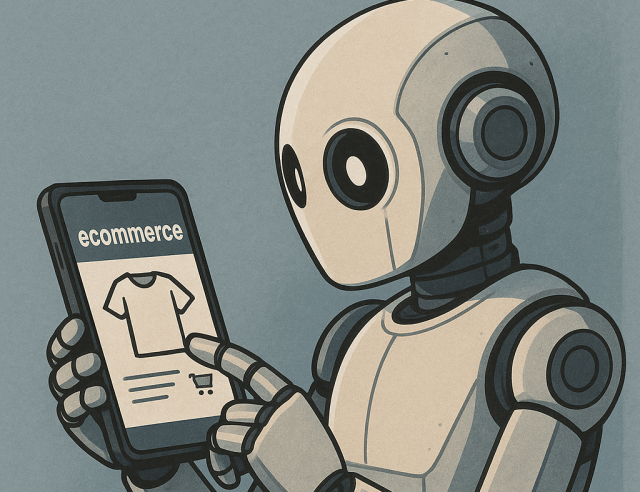Retailers, have you ever wondered what would happen to your digital influenced revenue if you figured out a way to be even just 20% more relevant? My belief is that if you crack the code on the 4 fundamentals areas highlighted here, you have the potential to charge ahead of your competition.
I’ve been very privileged to have worked with the digital teams at some of the biggest and fastest growing retailers in North America & Europe over the past ten years. I’ve worked with iconic department stores, the fastest growing pure-plays and specialty retailers. I’ve even done a stint at a $4bn cable shopping network. The problem is they all seem to exhibit the same traits – reasons why they are still not close to replicating 1:1 conversations they strive to achieve. Despite popular belief, I would say with reasonable conviction that the pure-plays born in the digital age are not much further ahead. They too are still littered with industry veterans who are repeating the industry norms from the days before the digital tsunami hit retail. The problems are both organisational and technological ones.
How you trade serves YOU but not your customer
There is a fundamental disconnect between those job roles who acquire customers online to those who are roles responsible for driving basket size and conversion when on a digital channel. Nearly every retailer I’ve ever worked with does these two things in silos and the bigger the farm, the bigger the silo.
A large majority of retailers big & small are still blasting customers with campaigns in fairly loose segments. “She looks like an affluent female with a baby, so I’ll put her in an affluent mother segment and blast her with mother and baby promotions for the next few years paying little attention to what her needs are right now. If she were shopping for prams in store, would you really start talking to her about baby grows?
Then there are those damn Monday trading meetings that serve your own interest but not that of your customers. In these meetings you’re solely focussed on flogging what’s left in the warehouse this season – spray and pray. Your customer is tuning out.
Tips
- Instead of this batch and blast approach to marketing and selling, take the omnichannel journey based marketing approach to your communications with the customer. Use valuable advertising space (your website) to target relevant content and personalise every marketing message you send to your customer placing the RIGHT NOW relevant content at the top.
- Use content that is dynamic at the time of display to make messages even more likely to drive conversion.
- Do not let the trading meeting dictate what the customer should see. Take a customer-first approach to determine what each customer sees.
You have no content strategy
During the pandemic, I heard one retailer say that their engagement rates on email are significantly higher now that they are sending them curated and relevant content. No shit, I thought. The problem is most retailers don’t know what a content strategy is let alone have one in place.
The content strategy is about what content you create for what purpose. It serves the customer – not you.
Tips
- You should be thinking customer-first and use design-thinking approaches to work out what the customer needs at what point in their journey. That should inform you what content you should be creating, who should receive it and when and where they should receive it.
- Invest in an omnichannel (headless) Content Management System (CMS) and real-time omnichannel personalisation engine. These are critical technology investments that help you execute on your content strategy.
You have no corporate customer data strategy
The data foundation that drives relevance is probably lacking a coherent strategy that the whole board is behind. With the readily available technology it really shouldn’t be as hard to solve as you’re making it. Until you solve these problems, you’ll continue to sit on a goldmine of data which has the potential to transform your business.
Tips
- Prioritise what 80% of key insight you need to roll-up into an actionable view. Ingest this data using modern data stream technology on a modern CDP and flow this data into your digital systems of engagement. Then go after the harder 20% with less bang for buck.
- Rapidly adopt an API-led approach to integration making it easy to unlock customer data from all your systems – new or old.
- Deploy modern data visualisation technology that is easy to use for everyone and make it as available as running water to all your employees. Feed customer data into it.
- Connect the known customer in store with their online identity. You have to just get on and do this. Consider creating a mobile app in store with a simple QR code you scan at till. Boom – you’re connected. Drive tiered incentives that make it worthwhile for customers. These don’t have to be monetary rewards – they could just as easily be highly relevant content or experience benefits like priority parking or priority delivery.
Your digital roadmap is frAGILE
You want to build highly relevant experiences for your customers at pace. You’ve heard that Agile is great and have started building agile teams. Even the digital laggards employ SCRUM nowadays. The problem is, these teams are ignoring some of the core principles of agile and forgetting a big picture technology strategy that will drive better more meaningful experiences.
We’re lacking strong product leadership in retail today. You’re not paying enough to attract the best talent and when you attract talent from the best technology companies you may find an implicit bias to build vs buy which is often the right strategy if you are a TECHNOLOGY company. Sadly when software engineers are allowed to run wild it either goes wrong or forces you to tread water for another few years. A non commercially savvy software engineer will always elect to build vs buy – it enhances their skills, makes their job more interesting and gives them more creative control. It doesn’t however drive the company forward.
I’ve seen several regular retailers elect to build table stakes commodity technology like e-commerce Platforms, AI, Personalisation and Order Management from scratch. Whilst eroding competitive advantage today, people making these decisions are also those who rarely stay long enough to deal with the longer term consequences.
Whilst you are deploying a majority of your engineering talent building commodity software, others are busy improving the experience and leveraging the tooling that makes the experience far more relevant to the customer.
Retailers are often very inward facing and so focussed on day to day operations they don’t make it an imperative to enable technologists to seek knowledge and learn and develop and be better equipped to identify when it is right to build and when it is right to buy.
Tips
- Attract the best and most retail commercially savvy digital product managers and pay them market rate. Reign in your engineers. Hire the most retail commercially savvy product managers preferably those with a growth mindset who have industry experience.
- Ask hard questions when your team decides to build vs buy. Have you looked at all options? Does building give me the competitive advantage in the near term and long term horizon? What is the real cost of ownership over 5 year horizon? Do I have the DevOps maturity to do this well?
- Look outside the window, encourage and reward employees to build network with technology specialists and develop your own point of view based on available wisdom.
- Lobby your vendors and participate in their listening groups. Get out there and reward your team to go out there and be inspired by the technology companies and visionaries in your field. The most visionary technologists will be found in VC backed s/w businesses and within product leadership and subject matter expert roles in the larger organisations. Always insist in meeting these people and not just the regular sales teams you’ll inevitably meet first.
I say these things above with conviction. There are too many repeat patterns I’ve seen. Retailers break out of your comfort zone or your share price will either stagnate or decline.



